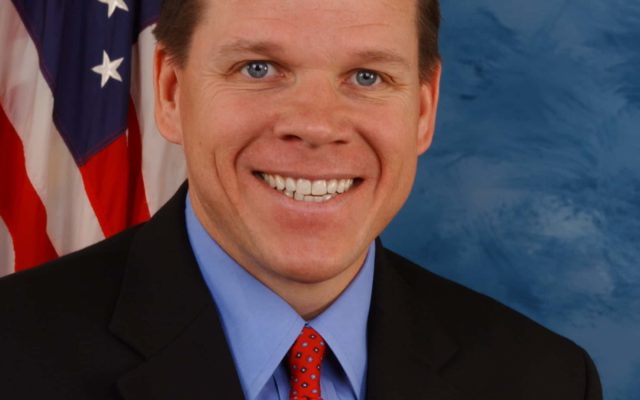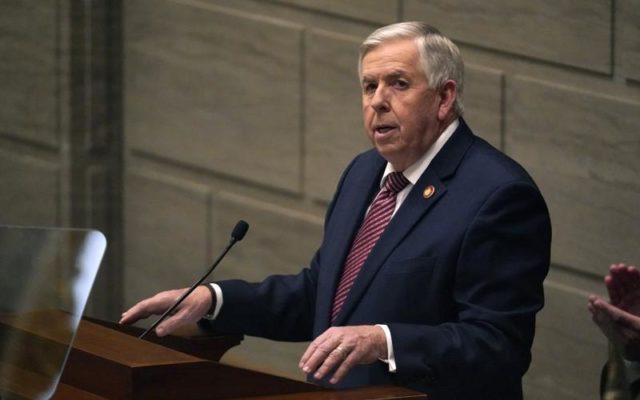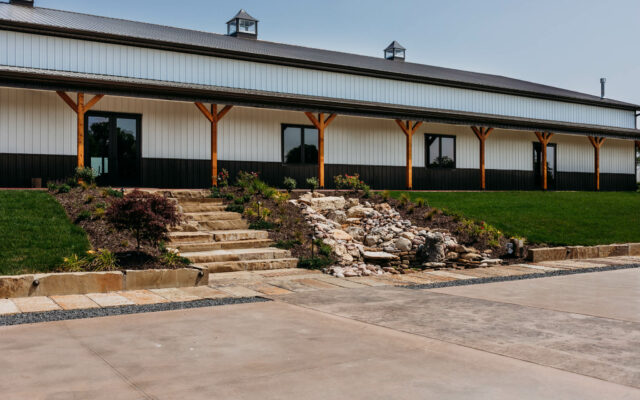Bridging the Digital Divide

Dear Friend,
Like it or not, the internet has become a huge part of our lives, a huge part of our society, and a huge part of our world. There’s rarely a day where most of us don’t use the internet—for work, for school, for entertainment, agriculture, or even just reading this email.
Twenty years ago, it was a luxury to have a computer with internet access at home. Even for those who had a connection, it was often slow, unreliable dial-up internet. That has changed in a big way. Most Americans today have a smartphone in their pocket with more computing power and a faster mobile internet connection than folks had in those early days.
The way we use the internet has changed too. We still use it for email, although that’s less for personal use these days and more to stay plugged into the office, even when we’re off the clock. It’s also become a gigantic marketplace. That’s important not only for families to get the things they need at the best price shipped right to their door, but also for small businesses to get seen and sell their products in their communities and across the country. It’s become a huge resource for farmers, to learn the latest management tools to make the most out of their operation and put those tools into use.
The internet has also become essential for students, and we’ve seen that need grow over the last year. That goes for college students in online classes, clear down to elementary students, for things like remote learning days, or even just homework assignments. In short, the internet isn’t a luxury anymore, it’s a necessity.
Yet, millions of Americans still don’t have access to a reliable, high-speed broadband internet connection at home. That’s particularly true in rural America, where the digital divide is the greatest, but it’s also true in some suburbs and even big cities. Bridging that divide and getting folks connected is one of the great challenges of our time.
We’ve seen a lot of proposals to get that done and unfortunately, none of them are cheap. It costs time, money, and manpower to put fiber in the ground and run cables the last mile to those homes that aren’t connected. That doesn’t mean we can’t take common-sense steps to make sure these projects get done faster and we save taxpayer dollars in the process.
That’s why I’ve introduced the E-BRIDGE Act. Instead of creating a new government program from the ground up, the E-BRIDGE Act unlocks funding from the existing Economic Development Act program that small towns and cities all across America already take advantage of. It makes sense, given internet expansion is one of the most important economic development tools, we have available to us today.
More importantly, it cuts through red tape to give communities more flexibility to get these projects done while working with private companies. After all, locals know far better than Washington bureaucrats how to best deploy these resources to help their communities.
We can—and must—bridge the digital divide and we can do it without breaking the bank. My commitment to you is that I’ll keep working to get that done.
Sincerely,

Sam Graves



